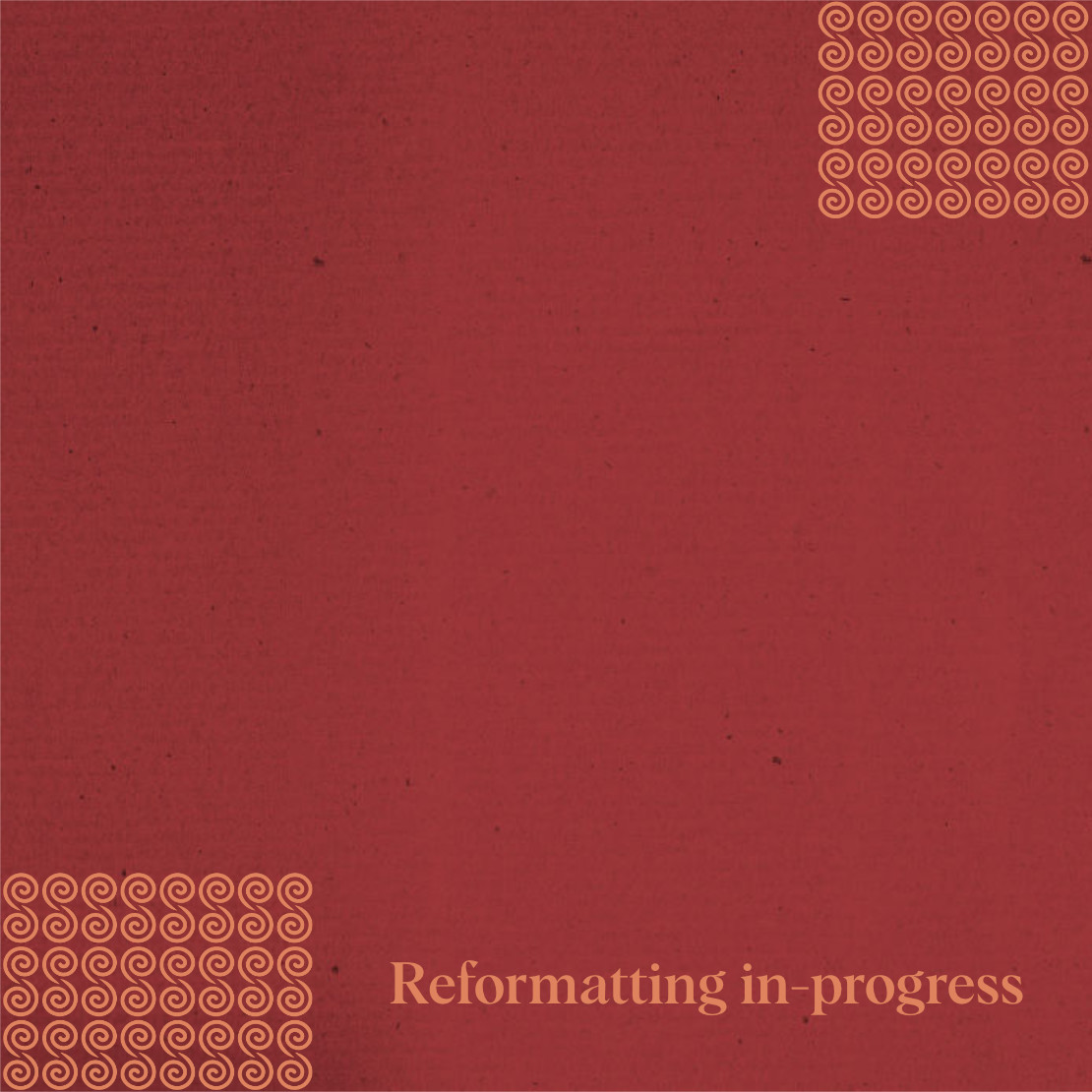Psalm 89 Academics
Academic Resources
Explore our academic Psalms resources for Psalm 89, including our Layer-by-Layer analysis, select Exegetical Issues, and Overview Videos.
Overview 
- This page will introduce and provide orientation to Psalm 89 as a whole. It covers the message, structure, background and participants of the psalm.
Layer-by-Layer Analysis 
- The heart of our process is our layer-by-layer exegetical analysis, where we unfold the semantics, story behind, discourse, and poetics of each psalm.
Grammar & Semantics
Semantics is the study of how language is used to represent meaning. The goal of semantic analysis is to understand the meaning of words and how they relate to each other in context. Our Semantics analysis consists of the following sub-layers:
- Grammar & Textual Criticism
- Lexical Semantics
- Phrase-Level Semantics
- Verbal Semantics
Story Behind
The Story Behind the Psalm shows how each part of the psalm fits together into a single coherent whole. Here, we analyze the meaning of sentences and larger units of discourse, up to and including the entire psalm. This also include historical background and figurative imagery.
Discourse
Our Discourse Layer moves beyond semantic-level meaning, and analyzes features of the text dependent on the speaker, addressee, and macrosyntax.
Poetics
Exploring the Psalms as poetry is crucial for understanding and experiencing the psalms and thus for faithfully translating them into another language.
Verse-by-Verse Notes 
- Explore the psalm verse-by-verse and section-by-section.
Psalm 89 Exegetical Issues 
- These issues examine the top three tough questions for each psalm, explaining different scholarly interpretations, and offering our perspective.
- The identity of "Ethan the Ezrahite" (אֵיתָן הָאֶזְרָחִי), the apparent author of this psalm, is unclear. As Calvin writes, "Who this Ethan was, to whom this psalm is ascribed, is somewhat uncertain." The Septuagint translates the name as "Ethan the Israelite," and the Targum identifies him as Abraham: "spoken by Abraham who came from the east." All of the modern translations consulted simply say "Ethan the Ezrahite." The phrase translated "the Ezrahite" (הָאֶזְרָחִי) is open to multiple meanings, which will be evaluated in this exegetical issue.
- The last line of v. 38—וְעֵ֥ד בַּ֝שַּׁ֗חַק נֶאֱמָ֥ן—has been the source of much debate. There are three interrelated issues here: (1) the text and meaning of עֵד; (2) the syntactic function of עֵד; and (3) the identity of the witness.
- The second line of Ps 89:51 is difficult. One translation succinctly summarizes the situation in a footnote: "End of v. 51: unclear text, uncertain translation" (NFC). The issue is primarily textual. The NBS, KJV, and others follow the MT and read the text as "the whole multitude" or "all the mighty people," lit: "all the many peoples" (כָּל־רַבִּים עַמִּים), while the NRSV and others emend the text to read "the insults of the peoples" (כָּל־רִבֵי עַמִּים or כָּל־רִבֵי מֵעַמִּים or some other variation). Yet the issue is also semantic and syntactic, for even those who follow the MT disagree on how to interpret it. The NBS, for example, understands the line to refer to how the psalmist carries (i.e., cares for) a multitude of people, while the KJV thinks that the words "the reproach of" are elided from the previous line.
Psalm 89 Videos 
- There are no videos currently available for this psalm.




